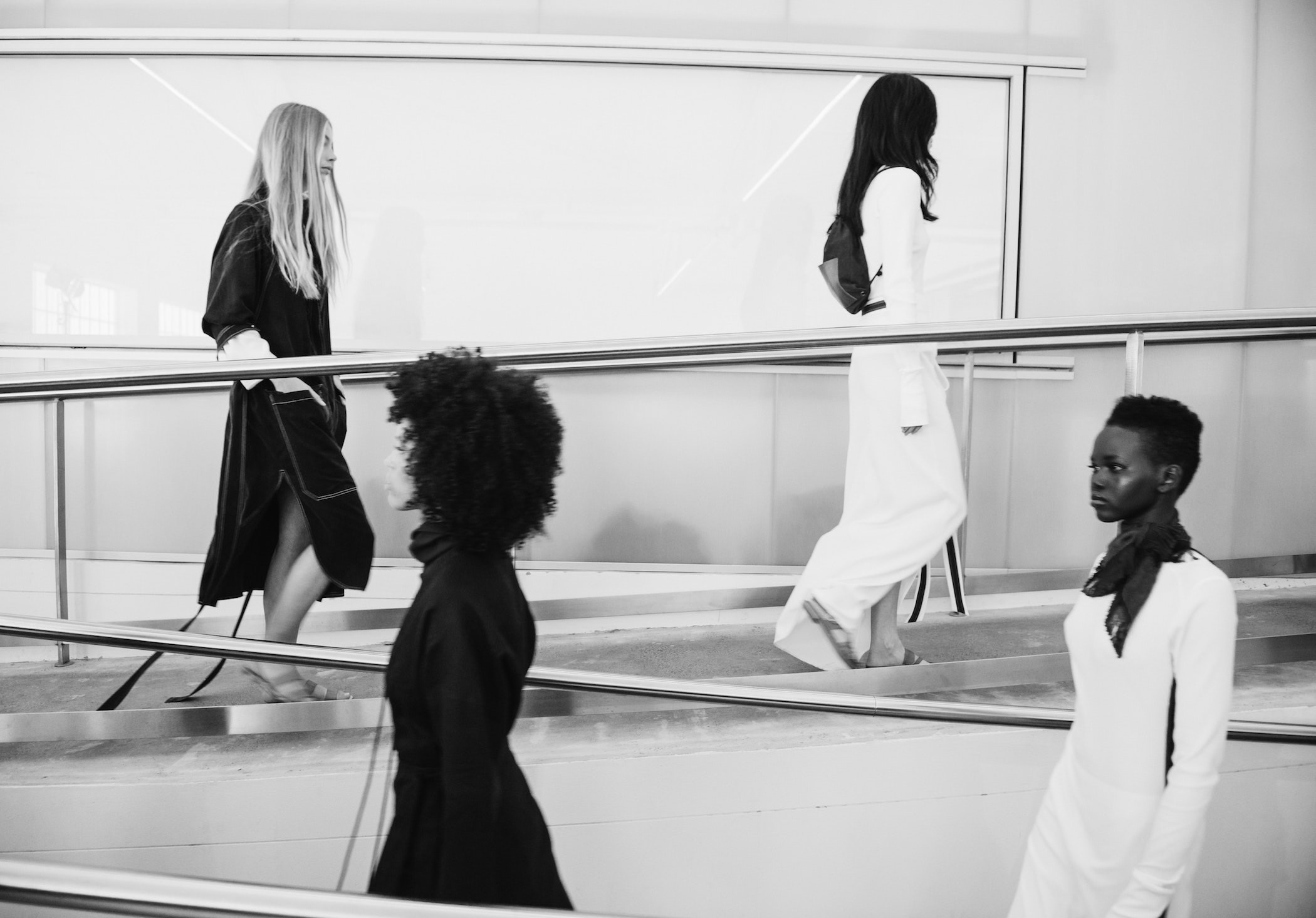The fashion industry is known to be one of the biggest polluters in the world. According to McKinsey & Company, the industry was responsible for some 2.1 billion metric tons of greenhouse-gas (GHG) emissions in 2018, about 4 percent of the global total. That’s about the same quantity of GHGs per year as the entire economies of France, Germany, and the United Kingdom combined.
With mounting pressure from conscious consumers and environmental activists, the industry is seeking to become more sustainable in its operations. An approach that’s increasingly gaining steam (and media coverage) is to redesign operations around Circular Economy principles.
The Ellen McArthur Foundation describes the Circular Economy as “gradually decoupling economic activity from the consumption of finite resources, and designing waste out of the system.” In the Circular Economy, economic activity continually builds and rebuilds overall system health. It’s not just about making changes adjustments aimed at reducing the negative impacts of the linear economy. Instead, it’s a broader systemic shift that “builds long-term resilience, generates business and economic opportunities and provides environmental and societal benefits.”
While the Circular Economy is undoubtedly a great way to rethink and redefine how we produce goods, what’s the right business model to power it? I believe the answer is a subscription or membership-based business model. Let me explain why.
End of Ownership
As the world moves away from owning products to valuing outcomes, subscription models are increasingly the preferred model by both customers and businesses.
“The world of fashion rests upon a myth,” says Jennifer Hyman, co-founder, and chief executive officer of Rent the Runway. “It does not work unless it convinces you, as the consumer, to buy more and more things that you don’t need. I’m saying the pride of ownership is dead, and the pride of access is the new luxury.”
The success of subscription fashion brands such as Rent the Runway and Trunk Club attest to the rising subscription clothing trend.
Emphasis on long-term relationships
One of the main differentiators of the Subscription Economy is its emphasis on long-term customer relationships. Subscribers are at the heart of the model and influence all aspects of business — everything from product/service development to future financial planning.
For the Circular Economy to be truly successful in fashion or any industry for that matter, it would require consumers’ active participation, both at the development and end-of-life stages of products. There is no other business model that guarantees regular check-ins and active customer participation as much as the subscription business model.
The Subscription Experience
Success in the Subscription Economy largely depends on what kind of ongoing experiences you’re able to offer your customers and prospects. This goes all the way from the first touch to renewals and upsells and includes regular touchpoints such as service delivery and payments.
For the fashion industry to successfully adhere to Circular Economy principles, customers will need to be convinced and helped to adopt new behaviors. The subscription business model is best placed to support this change with its regular cadence of touchpoints and ongoing relationships.
As Karl-Hendrik Magnus, Senior Partner at McKinsey & Company puts it: “What will really move the needle on circular business models is the circular consumer experience. As soon as some brands enable great ways of returning your garments into a circular cycle—not having to carry them back to the store but having them picked up, without any hassle, at your doorstep—and with a brand actually knowing what you have in your wardrobe, bidding for that, and sending you reminders of what would be great to bring back into the circularity cycle, then the experience will become so pleasant that mass participation of consumers will happen.”
The fact of the matter is that future business growth lies in subscriptions. According to the latest Subscription Economy Index, while the S&P 500 companies saw sales contract at an annualized rate of -10% in Q2, subscription businesses expanded at a rate of 12%.
If the fashion industry doesn’t want to be left behind, it needs to find innovative ways to reduce its carbon footprint and do it together with the customer, not in a silo. And to do this, it needs to adopt new business and operational models that allow it to nurture long-term customer relationships and build sustainable growth.
As McKinsey & Company predicts, “the big winners in the future will be those fashion players that can embrace circularity and digitization at the same time. Future winners will be companies that can problem-solve for customers and create long-term relationships with customers — companies that provide solutions and services, not just products.”
I couldn’t agree more.

